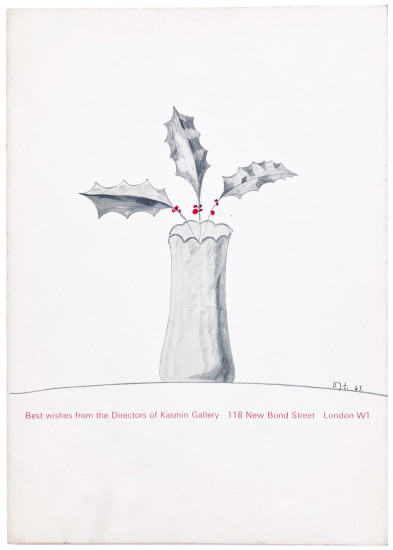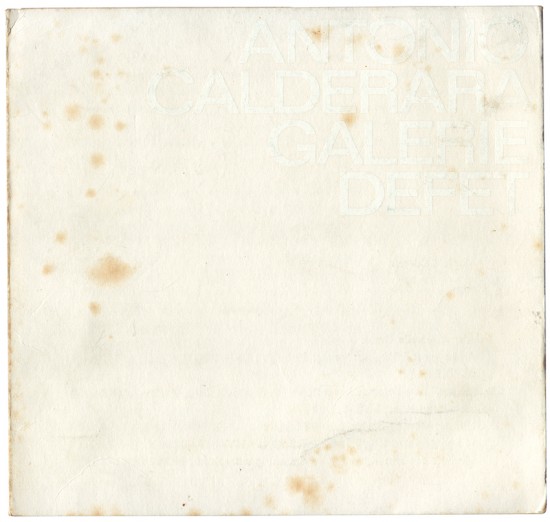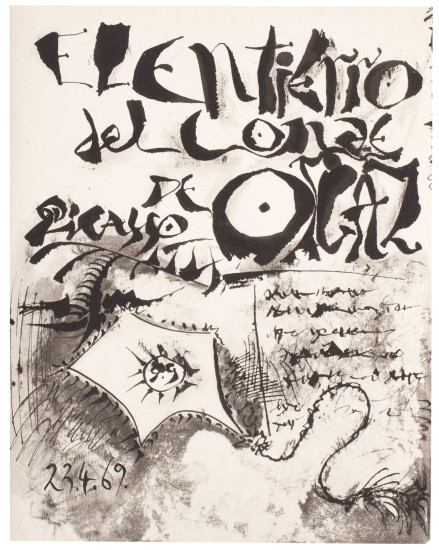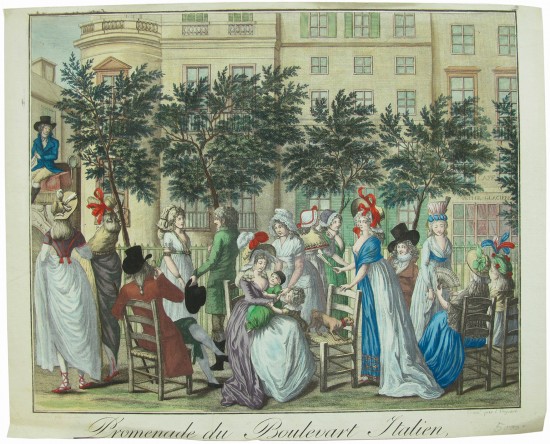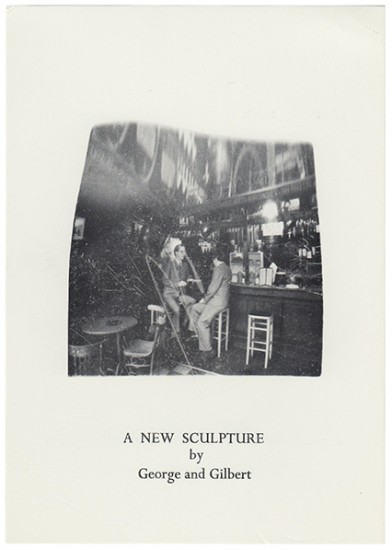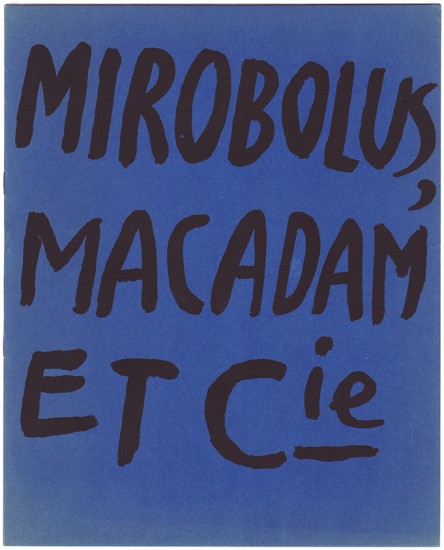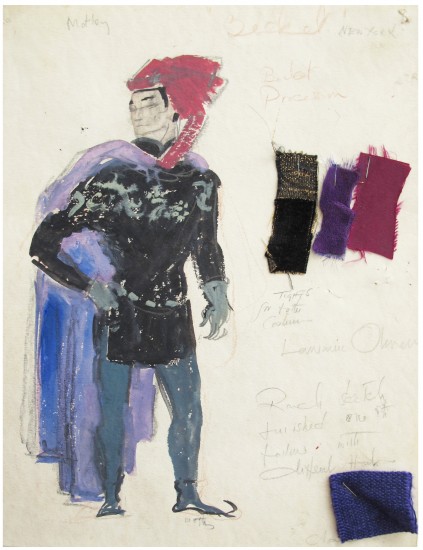Noa Noa, Voyage de Tahiti. (Mappe mit 12 Aquarellen und Einem Original-Holzschnitt)
Gauguin, Paul
(Munich). Verlag der Marées Gesellschaft / R. Piper & Co. 1926
One of 80 copies of the portfolio with Gauguin's original woodcut issued with the deluxe edition of Noa Noa.
The woodcut issued only in this deluxe portfolio is 'Christ on the Cross'. The print was obtained by rubbing from a wooden cylinder cut by Gauguin.
'Gauguin, who was in Paris in 1893 - 1894 between voyages to Tahiti, began a collaboration with the Symbolist poet Charles Morice with a view to the publication of the artist's manuscript Noa Noa (the Tahitian word meaning fragrance). After Gauguin's return to Tahiti, Morice published a first draft of this manuscript on Oceanic life (without illustrations) in La Revue Blanche in 1897 (vol. XIV, 15 Oct.) and one excerpt in La Plume (No. 289, 1 May, 1901). Late in 1901 Noa Noa was published as a single volume by La Plume. Meanwhile, Gauguin recopied and amplified his manuscript, adding watercolours, woodcuts, and an occasional photograph. The latter manuscript, now in the Louvre, is the basis for this facsimile'. (The Artist and the Book).
[Kornfeld Supplement A III; The Artist and the Book 115; Manet to Hockney 15].
The woodcut issued only in this deluxe portfolio is 'Christ on the Cross'. The print was obtained by rubbing from a wooden cylinder cut by Gauguin.
'Gauguin, who was in Paris in 1893 - 1894 between voyages to Tahiti, began a collaboration with the Symbolist poet Charles Morice with a view to the publication of the artist's manuscript Noa Noa (the Tahitian word meaning fragrance). After Gauguin's return to Tahiti, Morice published a first draft of this manuscript on Oceanic life (without illustrations) in La Revue Blanche in 1897 (vol. XIV, 15 Oct.) and one excerpt in La Plume (No. 289, 1 May, 1901). Late in 1901 Noa Noa was published as a single volume by La Plume. Meanwhile, Gauguin recopied and amplified his manuscript, adding watercolours, woodcuts, and an occasional photograph. The latter manuscript, now in the Louvre, is the basis for this facsimile'. (The Artist and the Book).
[Kornfeld Supplement A III; The Artist and the Book 115; Manet to Hockney 15].
Folio. (496 x 355 mm). Original woodcut printed on thin Japon tissue (532 x 260 mm) and 12 facsimiles of water-colours all by Paul Gauguin, each mounted under passepartout and with the publisher's blindstamp, woodcut folded at foot as issued; various sheet sizes, passepartout size: 488 x 340 mm. Loose in original publisher's hessian-covered portfolio with flaps, printed blue paper title label to front board.
#43398


